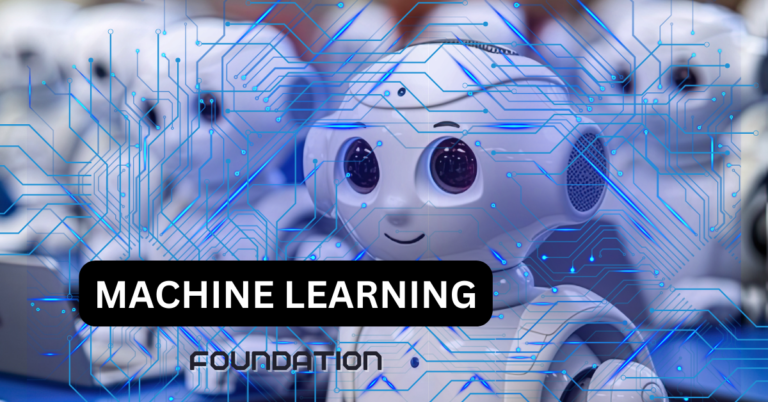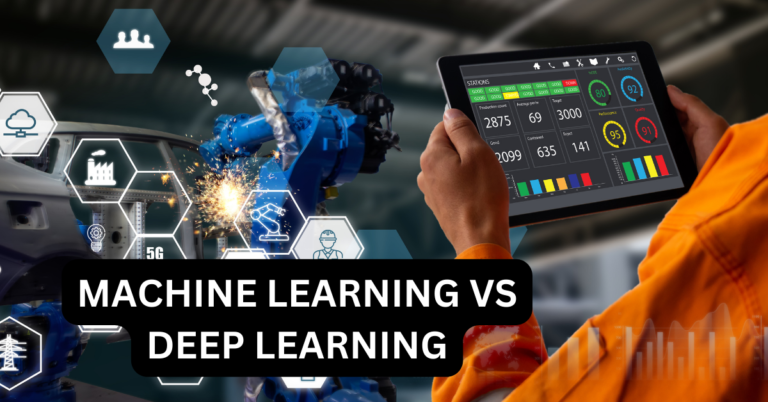Neural Network Overview
1. Introduction
Imagine a technology that could recognize your voice, sort your photos, and even play games like a pro. It’s not magic; it’s a remarkable invention called the “Neural Network.” In this article on the overview of neural network, we’ll dive deep into the captivating world of neural networks, peeling back the layers of this digital brain to reveal its inner workings.
2. Brains of the Operation – Neural Networks
2.1 Neurons – The Mini Decision Makers
Neurons are like the superheroes of neural networks. These tiny decision-making units are the building blocks of the system. They collect information, process it, and decide whether to pass it on to the next neuron. Picture them as diligent workers in a giant decision-making factory.
2.2 Weights – The Strength of Connections
Neurons don’t work in isolation; they connect to each other. But not all connections are created equal. Some connections are strong, while others are weak. Weights represent the strength of these connections. A link with a high weight means the information passing through is crucial. If it’s a low-weight one, the data isn’t so important. Think of weights as the varying degrees of trust you have in different sources of information.
2.3 Activation Function – The Go/No-Go Signal
Before passing information to the next neuron, there’s a checkpoint called the activation function. This function decides whether the information is important enough to proceed or if it should be stopped. Imagine it as a traffic light, with green meaning “go” and red meaning “stop.”
3. Layers – Organizing the Brain
Neural networks have layers, each with a particular job to ensure everything works smoothly. Imagine these layers like the teamwork in a kitchen; each chef has a different role, but together, they create a fantastic meal.
3.1 The Input Layer
The input layer is like the waiter in a restaurant who takes your order. When you decide what to eat, the waiter writes it down and sends it to the kitchen. The input layer’s job is to receive the data or information you want the neural network to work on, much like the waiter taking your food order.

3.2 The Hidden Layers
The hidden layers are like the chefs in the kitchen who cook your meal. They’re the ones who work on the ingredients and use their cooking skills to create something delicious. The hidden layers process the data in the neural network, just like the chefs cook and prepare your food to make it taste amazing.
These layers process information and extract patterns from the data. They’re the detectives looking for hidden clues in a mystery, searching for features and structures that are not immediately apparent. These hidden layers are what make neural networks so good at complex tasks like recognizing faces in photos, translating languages, and even predicting the weather.
3.3 The Output Layer
Finally, when your food is ready, it’s time to serve it. The output layer is like the waiter bringing your meal to your table. It takes the results of all the cooking and presents it in a way that you can understand. It’s the layer that gives you the final answer or decision, just like the waiter delivers your delicious meal.
All these layers work together, just like in a restaurant; the waiter, the chefs, and the serving staff collaborate to ensure you get a fantastic dining experience. In a neural network, the layers are like a team, each playing a specific role to ensure the network can understand and process the data effectively. This teamwork is what makes neural networks so powerful and versatile, just like a well-organized kitchen in a top-notch restaurant.
4. Is Neural Network limited to three layers only?
Neural networks are not limited to just 3 layers. While we commonly discuss neural networks with three main types of layers (input, hidden, and output), the term “deep learning” refers to networks with many hidden layers, known as deep neural networks. In fact, deep neural networks, with numerous hidden layers, are capable of handling complex tasks and are a significant advancement in machine learning.
5. Why Neural Networks Are Game Changers
Imagine you’ve been learning to play a musical instrument. At first, it’s tricky, and you make a lot of mistakes. But you don’t give up; you keep practising. As time passes, something amazing happens – you become a master musician, effortlessly creating beautiful music.
That’s a lot like how neural networks work. Initially, they might not be very good at the tasks they’re given. They make mistakes, but here’s the game-changing part: they learn from those mistakes and get better, just like you did with your musical instrument.
Neural networks can handle complicated tasks that would leave older technologies scratching their heads. For example, recognizing a human face in a photo is no small feat. It’s like looking at a giant jigsaw puzzle made of tiny pieces, and each piece is a different colour and shape. Isn’t it confusing? But neural networks can handle it.
They look at all the little pieces (data) and figure out how to put them together to form a complete picture. It’s as if you’re putting together a giant puzzle of a beautiful landscape. At first, it’s overwhelming, but over time, you learn how each piece fits, and it becomes easier and easier. That’s what neural networks do, and they’re incredibly good at it.
Think about something else – like teaching a robot to play chess. Chess has so many possible moves; it’s like a never-ending book with countless pages. If you tried to teach a robot to play chess using only rules, it would be a never-ending task. But with neural networks, you let the robot play the game again and again. It makes moves, sometimes wrong, but learns from those mistakes. Over time, the neural network gets really good at chess, and it can beat the best human players. It’s like teaching a friend to play chess by playing with them daily and getting better together.
Neural networks are game changers because they can learn to do things that are really, really hard, things that were once considered almost impossible for computers. They’re like the master musician who makes beautiful music, the puzzle pro who can complete even the most complex jigsaw puzzle, or the chess whiz who can beat anyone. They bring a whole new level of capability to the world of technology, and that’s why they’re so exciting.
6. Conclusion
Neural networks are the digital brains that power the magic of intelligent machines. Just like our brains process information, make decisions, and learn from experiences, neural networks do the same, but in a smaller and more focused form.
Deep learning with neural networks sets the stage for solving complex problems and making sense of vast volumes of data. As we continue to explore the world of technology and artificial intelligence, remember that neural networks play a vital role in making our digital world smarter, more intuitive, and ready to tackle challenges that were once deemed impossible.
Stay tuned for the next chapter in our journey through the world of technology!







